You are here
Delta of river Ili.
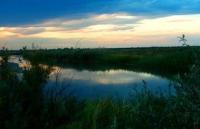
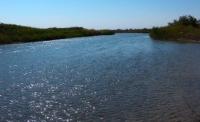
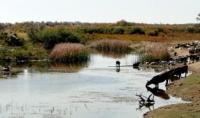
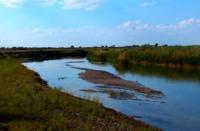
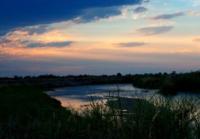
Photos by Silk Road Adventures in Kazakhstan.
“Books are the plane, and the train, and the road. They are the destination, and the journey. They are home”
Anna Quindlen,
Travel from Almaty to Astana.
The Ili-or Ili in pure Kazakh-is the most important river in Zhetisu. Where the name originates remains uncertain. The Mongol word ilansu means “glittering water”, while in Chinese, the river’s name could also mean “eastern”.
One of its tributaries has its source on Kazakhstan territory, but then bends into China, where the Hi grows and then flows back into the country from the east. After absorbing many other rivers over a distance of 768 kilometres, the Hi drains into Lake Balkhash through a large delta.
The caravans of the northern Silk Road often followed its course, and many stone ruins on its banks testify to ancient settlements and the intense trading activity of antiquity. Turan tigers lived in the lli Delta until as recently as 1939, where the reed is almost impenetrable and grows up to five meters high.
oday, anglers are the most common species seen on the banks of the generally quiet river. At weekends thousands of city people head for the river because of its rich fishing—although the Amur carp, sander (or pike-perch) and giant catfish are not always the real goal of people on weekend fishing trips.
(Many a man has come home with fish from the market after having spent the whole weekend with his friends living on vodka from the car boot, shashlyk from tlie grill, guitar music, mosquitoes and campsite romance.)
The lli is long, and if you want a peaceful excursion away from the crowds that is easy to arrange. Various tourist agencies offer boat trips as far as Kapshagay Keservoir, and you can continue the trip down the river beyond the dam by raft or boat.
Here, the lli winds through a picturesque landscape of steppe hills. A particularly good day trip leads to the rocks of Tamgaly Tas. These rocks, the highest in the lli Valley, are known not only for their attraction to climbers, but also for their rock carvings, the most mysterious among which are several Buddha images.
It is assumed that the large Buddha figures and the Sanskrit inscriptions carved in the polished rock date from the Kith Century. At the time, there are said to have been Buddhist monasteries in the east of Kazakhstan, which were later dismantled by the Zhungars.
The pagan inhabitants of the steppe would doubtless have added the Buddhas to their animist pantheon without any problem. This is a wonderful place for a picnic, to explore the surrounding area, to fish or to climb.
The view from the rocks, which are easy to climb, is magnificent. One can easily imagine the surrounding hills populated by large herds of horses, sheep and cattle, women in multicoloured robes and their children playing outside the yurts.
Not for nothing w he opposite riverbank chosen several years ago for the Kazakh historical film Nomad. The film-set town is still there to be viewed There is absolute silence in the Tamgaly area during the week, but at the weekend and in summer you share this idyllic spot with anglers, picnic-lovers and shouting and singing cityfolk passing by on rafts.
Local travel companies otter this lour from Almaty at reasonable prices. Downstream. beyond the village of Bakanas, a dried-up river of the same name splits off to the right, to fork more than once into several branches a few kilometers further down.
Many places here bear names recalling that the Hi Delta used to begin here in times past. On the edge of the easternmost dry bed (Shet Bakanas) are the remains of the Акtam and Aghash-Ayak caravanserais (Xth - XIIIth centuries AD).
Some 150 kilometres to the west of Shet Bakanas are the ruins of the caravan town of Karamergen, on the "bank" of the dry valley Ortasu. Those not wishing to venture so far into the desert can also visit the remains of the Bayauly caravanserai (Xth - XI th centuries AD) on the right branch of the Ili not far from the village of Kereke.
To get there you must leave the main road in Bakakbakty and drive through Birlik, which has the only normal bridge crossing the right branch of the Ili. There are no organized tours to these almost forgotten caravanserais, but if you are determined to see them, be sure to hire the services of a good local guide, take sufficient water and provisions, and a spade and wide mat to get your car out of the many sand traps to which it will inevitably succumb.
The lower reaches of the Ili and its delta are worth exploring over a period of several days. Thousands of small and larger lakes, with swimming potential on their sandy shores (as well as on the Ili itself), a rich variety of animal life and the contrast between desert dunes, lily meadows.
Togaу and reed forests make this an adventurer's dream. It is wonderful country for ornithologists in particular, and each year in May, the ecological organisation Tabigat organizes raft tours on the Ili. Further information can be obtained through there is no permanent tourist infrastructure as yet.
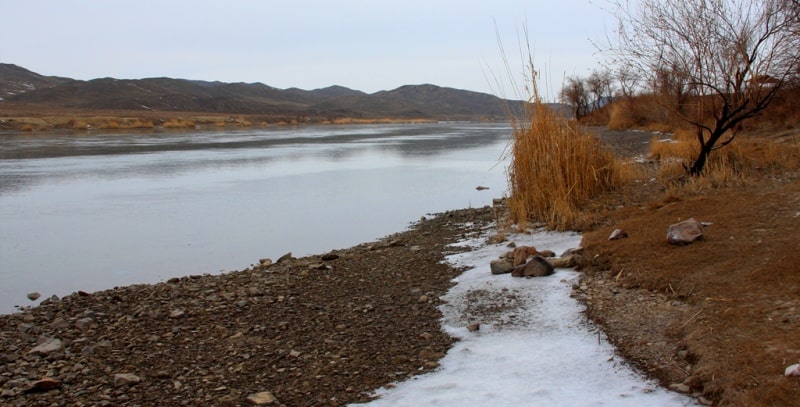
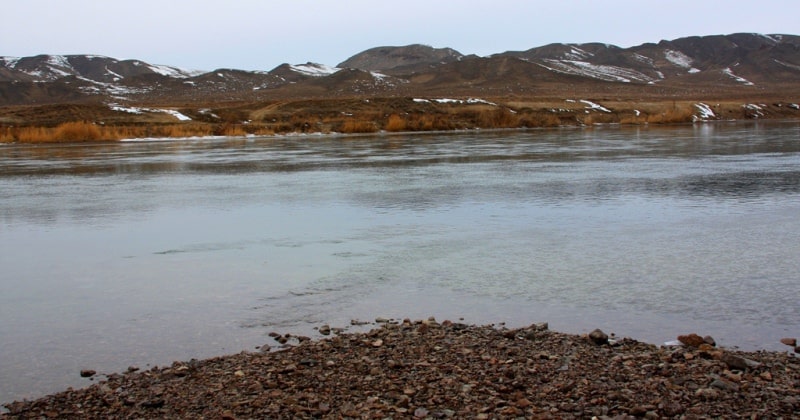
Authority:
"In the region of Seven rivers. Zhetysu". Author and originator B. Gubanov. Alma-Ata, Kaynar publishing house, 1989.
Photos
Alexander Petrov.







